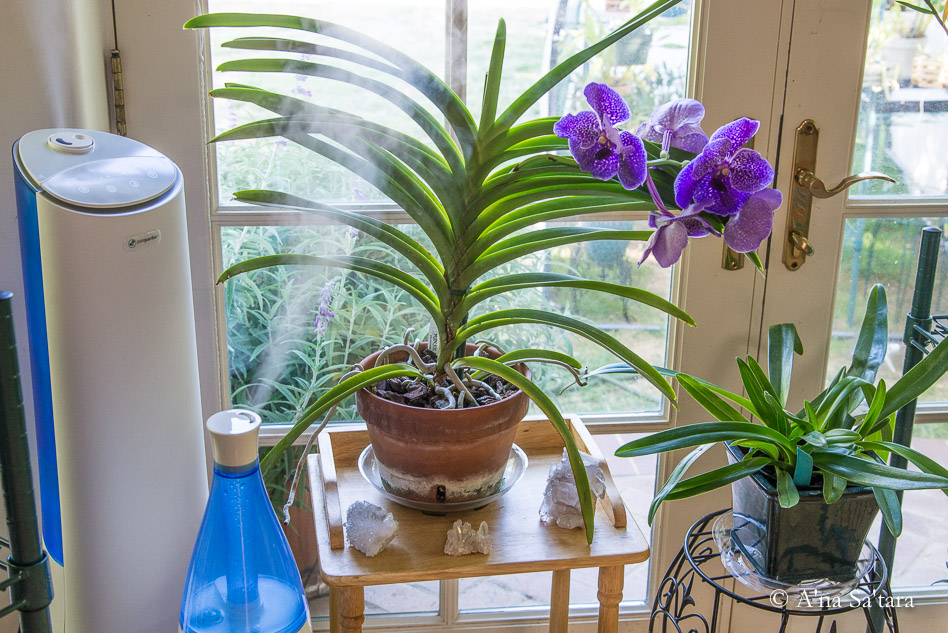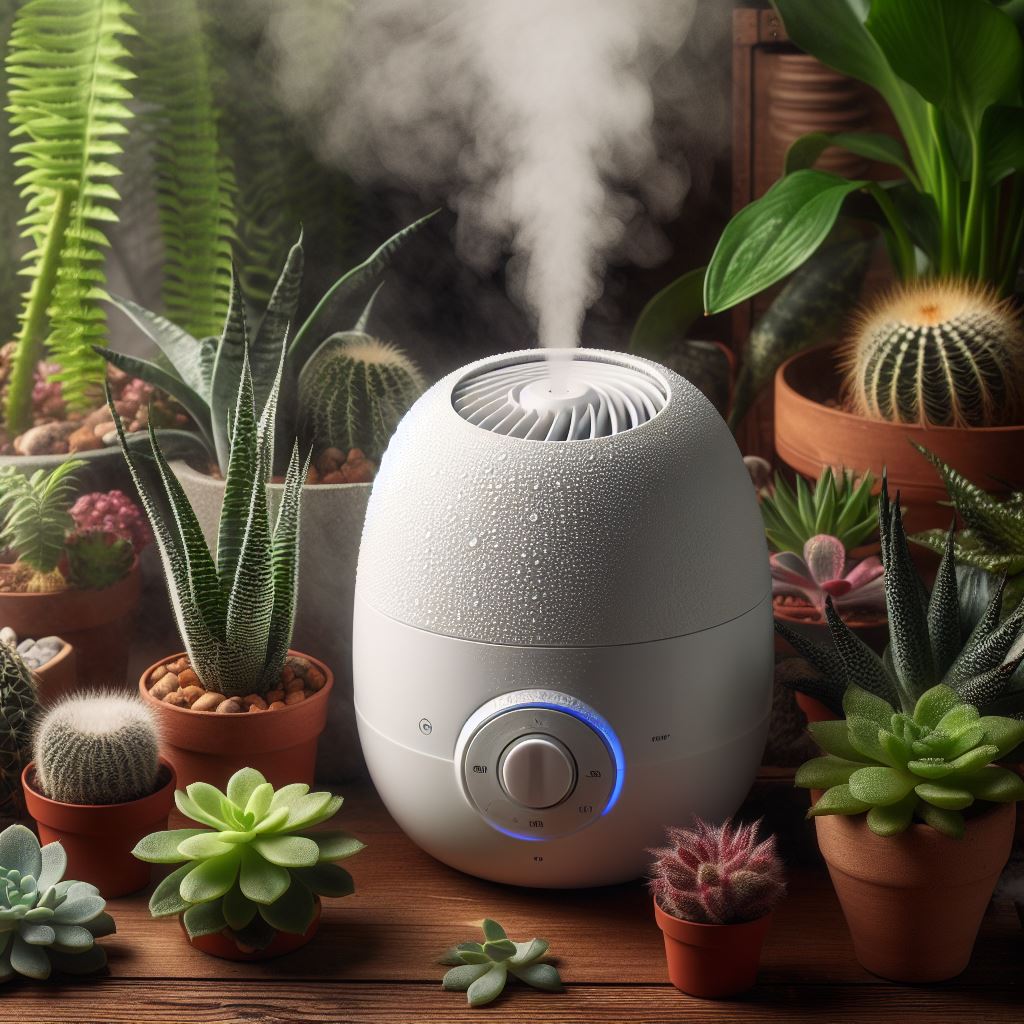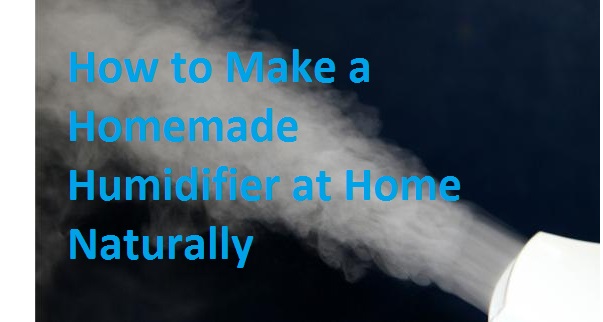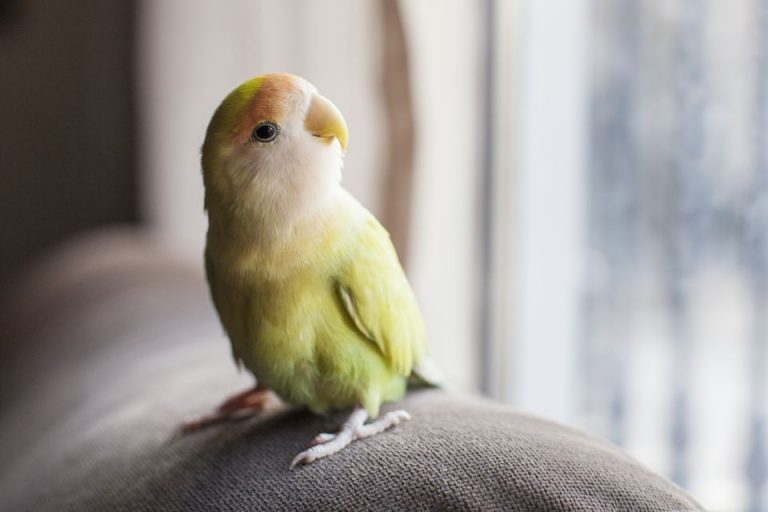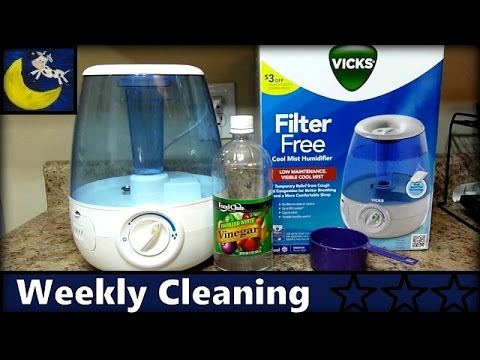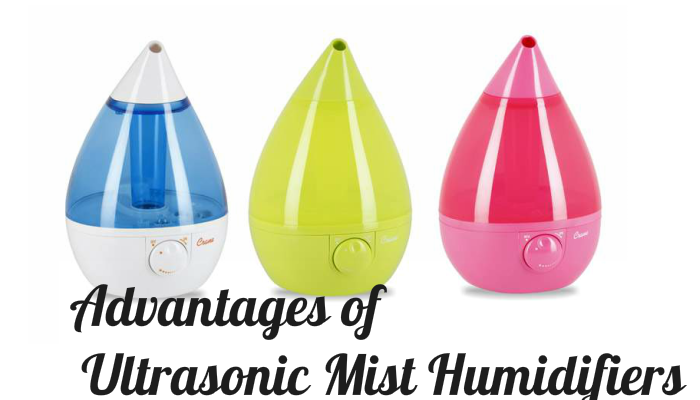Mist Humidifiers for Plants: Benefits & Common Mistakes
As a green-thumbed enthusiast, I’ve often wondered if mist humidifiers can really give my plants that lush, vibrant look they deserve. It turns out, the answer isn’t as straightforward as you might think. In this article, I’ll dive into the heart of the matter, exploring whether mist humidifiers are the secret ingredient to your indoor garden’s success.
What Is a Mist Humidifier?
When I delve into the world of indoor gardening, one critical aspect I always consider is the level of humidity. Mist humidifiers play a pivotal role in regulating this environment. They’re essentially devices designed to add moisture to the air, which, in indoor gardening, can be particularly beneficial for plants that thrive in humid conditions.
A mist humidifier works by expelling water vapor into the air to increase the moisture levels. There are various types of humidifiers, but they generally fall into two categories: cool mist and warm mist. Cool mist humidifiers emit a cool vapor, and they’re amazing for raising humidity without affecting the ambient temperature. Warm mist humidifiers, on the other hand, release a warm vapor which can be soothing in colder climates.
Ultrasonic and Evaporative Humidifiers are common cool mist variants. Ultrasonic humidifiers use high-frequency vibrations to create a fine mist, whereas evaporative humidifiers blow air through a wet wick filter. For plant parents, the ultrasonic type is often a favorite because it’s quiet and efficient. Each variant has its perks depending upon the specific needs of your indoor garden.
With the aid of a mist humidifier, I’ve been able to maintain optimal humidity levels for my houseplants. The right level of humidity facilitates leaf health and can prevent issues like brown leaf tips, which are often a sign of dry air. Moreover, some of my tropical plants that demand high humidity really seem to flourish with the assistance of a humidifier. Now, it’s important to understand that while mist humidifiers do a great job in boosting humidity, they must be used judiciously. Over-humidification can lead to problems like mold or mildew, potentially harmful to both plants and humans.
In my experience, it’s crucial to monitor the humidity levels with a hygrometer and adjust the settings on your humidifier accordingly. Appropriate use can make all the difference between a struggling plant and a lush indoor oasis.
How Do Mist Humidifiers Work?
Mist humidifiers are fascinating devices that work wonders for maintaining the right level of humidity for my houseplants. Let me break down the mechanics of how these devices work. Essentially, they emit water vapor into the air to increase the moisture levels in the environment. But it’s not just about pumping out vapor; there’s a bit more to their operation.
There are two main types of mist humidifiers: cool mist and warm mist. Cool mist humidifiers use a wicking filter to absorb water from the tank. A fan then blows air through the moistened filter. As the air passes through the filter, it evaporates some of the water into the room. On the other hand, warm mist humidifiers boil water to create steam, which is then cooled slightly before leaving the humidifier as a warm, clean mist.
Both types have their place in indoor gardening. I’ve found that cool mist variants tend to cover larger areas and are more energy-efficient, ideal for keeping my living space comfortable for a variety of plants. Whereas the warm mist types seem to be better at reducing the amount of bacteria and germs in the air, which is a bonus for both me and my green companions.
It’s worth noting that regardless of the type, all mist humidifiers require regular cleaning to prevent the growth of mold and bacteria. Keeping them clean ensures that the moisture they emit is safe for me to breathe and beneficial for my plants.
To integrate a mist humidifier into an indoor garden setup, I’ve positioned the unit in a way that distributes moisture evenly throughout the space. I also make sure to monitor the humidity levels with a hygrometer to avoid tipping the scale towards excessive humidity, which can be just as detrimental as dry air.
By understanding how these devices function, I can harness their full potential to create an ideal atmosphere for my indoor plants to thrive. Moreover, knowing which type to use and how to maintain them has been crucial for my gardening success.
The Benefits of Mist Humidifiers for Plants
Adding a mist humidifier to my indoor garden setup has brought a noticeable improvement to the overall health of my plants. It’s not just about providing a favorable environment; there are specific benefits that directly affect plant growth and vitality.
One of the primary advantages I’ve observed is the Enhanced Growth Speed of my plants. Plants in high humidity settings often grow quicker and stronger due to the ease of transpiration. This natural process is vital for their development, and with a mist humidifier, it’s optimized.
There’s also the matter of Foliage Health. The leaves of houseplants can suffer in dry conditions, leading to browning tips and a lackluster appearance. However, since I’ve started using a mist humidifier, the leaves seem more vibrant and robust, a clear indication that the ambient humidity is just right.
Here are a couple of key advantages that can’t be overlooked:
- Improved Pollination: For my blooming plants, humidity from a mist humidifier aids in pollen sticking, which is crucial for the production of fruits and seeds.
- Reduced Pest Problems: Surprisingly, the proper humidity levels discourage pests like spider mites, which thrive in dry environments. I’ve noticed fewer pest issues since incorporating the humidifier.
Lastly, it’s worth mentioning the Prevention of Plant Stress. Fluctuating levels of humidity can stress plants, leading to stunted growth or even death. By maintaining a stable environment, my plants seem less susceptible to these stresses.
It’s essential to note that while a mist humidifier has been an excellent addition to my indoor gardening arsenal, it’s crucial to keep an eye on the humidity levels. I aim for the sweet spot that benefits the plants without inviting any unwanted issues like mold growth. It’s all about balance and careful monitoring to create the ultimate haven for my leafy companions.
Are Mist Humidifiers Suitable for All Types of Plants?
When discussing the suitability of mist humidifiers for various plant species, it’s important to recognize that not all plants have the same humidity requirements. My personal experiments and research have led me to a nuanced understanding. While most tropical plants thrive in the high humidity provided by mist humidifiers, some species, particularly those from arid regions, may not benefit as much.
Here’s a breakdown:
- Tropical Plants:
- Typically prefer 60%-80% relative humidity
- Include popular indoor varieties such as orchids, ferns, and anthuriums
- Desert Plants:
- Adapted to thrive in low humidity conditions
- Examples include cacti and succulents
Over-humidification for plants that are not accustomed to such environments can lead to problems. Excessive moisture can promote fungal growth and root rot in plants that require dry conditions.
It’s pivotal to tailor the environment to match the humidity preferences of your plants. For those in my indoor garden that demand a more arid atmosphere, I either separate them from the mist humidifier or use it sparingly. With plants that are native to humid environments, I’ve seen noticeable benefits from using mist humidifiers. They exhibit enhanced vitality and lusher leaves.
Consider the following when integrating a mist humidifier into your garden:
- Regularly monitor humidity levels with a hygrometer
- Adjust the mist humidifier settings to suit different plant species
- Ensure there’s adequate ventilation to distribute humidity evenly and prevent mold growth
Remember, it’s not just about adding moisture; it’s about achieving the right balance that mimics your plants’ natural habitats. Through careful observation and adjustment, you can use mist humidifiers to create a flourishing indoor garden that caters to a broad range of plant types.
Common Mistakes to Avoid When Using Mist Humidifiers for Plants
When managing the humidity needs of my plants with a mist humidifier, I’m mindful that there are common pitfalls that can negatively impact their health. Being aware of these can make a significant difference in my plants’ vitality and growth.
First and foremost, over-misting plants can lead to problems such as mold, fungus, and root rot. Plants need a balance of moisture and air, and excessive humidity can smother their roots and create an environment where pathogens thrive. I’ve learned to check the humidity levels with a hygrometer to ensure they’re within the optimal range for my plants.
Another mistake I see often is the improper placement of the humidifier. Positioning a humidifier too close to the plants can cause water to accumulate on leaves and soil surfaces, potentially leading to leaf burn and soil pathogens. I make it a point to put the humidifier at a distance where the mist can be distributed evenly throughout the room.
I also pay attention to the quality of water used in my mist humidifier. Tap water can sometimes contain minerals that will build up on leaves and potentially clog the humidifier. Using distilled or filtered water prevents these issues and keeps my plants happy and the humidifier operating smoothly.
Not cleaning the humidifier regularly is another oversight. I’ve found that neglecting the cleanliness of my humidifier can result in the growth of bacteria and fungi that could be dispersed into the air, and subsequently, onto my plants. A regular cleaning schedule is crucial to maintain a healthy environment.
Lastly, overlooking the need for adequate ventilation can negate the benefits of using a mist humidifier. While the aim is to increase humidity, air circulation is essential to prevent moisture from becoming stagnant around plants. Integrating fans or opening windows slightly to promote air movement creates a dynamic environment that mimics natural conditions.
By avoiding these common mistakes, I ensure that my use of mist humidifiers is effective in keeping my indoor garden thriving without inadvertently causing harm. My plants’ health is always my top priority, and getting these aspects right is key to that goal.
Conclusion
So, mist humidifiers can be a boon for your indoor garden if used wisely. Remember to monitor humidity with a hygrometer, position your humidifier correctly, and use the right water. Regular cleaning and ensuring proper ventilation will keep your plants healthy and happy. Stick to these guidelines, and you’ll find that mist humidifiers are indeed a great asset to your plant care routine. Happy gardening!

